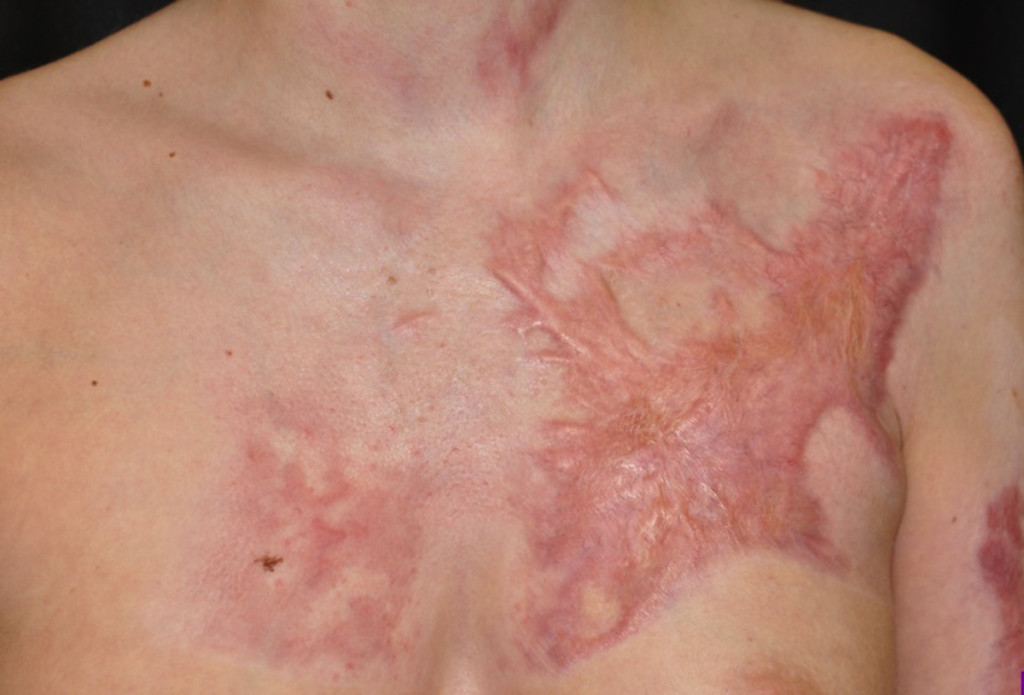

The burn depth is related to the dermal layers which are affected by the burn injury.

Burn size is represented by the percentage of the total body surface area burned (TBSA) Is guided by their severity, indicated by the burn size and the burn depth. In addition, it has been suggested that many patients are transferred towards tertiary care facilities because of a lack of basic skills in the assessment andĬare of burn wounds at community and rural hospitals. This is in line with the trend towards further specialization of health care in general and also because of limited travel distances in our country. In the Netherlands, the majority of these hospital admissions are seen in specialized burn centres. In high-income countries, a trend is described towards a growing specialized burn care.
#BURN SCARS SKIN#
Including skin substitutes, full skin transplantations and ReCell are also applied. In nowadays burn care, other surgical techniques This goal only includes the minimum surgical procedure.

Subsequent treatment is to ensure the optimum post burn quality of life”. Recently, the European Burns Association stated in its guidelines that “the main goal of burn care is to ensure optimum resuscitation in the emergency period and then to reach re-epithelialization of injured or destroyed skin either by support of spontaneous healing or by surgical necrectomy and grafting with split thickness skin graft. Has been a shift in focus from mortality to morbidity in burn care in high-income countries. In high-income countries, a similar trend is observed. In Europe, incidence rates of hospitalized burn injuries are reported between 2 and 29 per 100,000 inhabitants in Australia, 36 per 100,000 has been reported.ĭescribe a decline in the incidence rates of burn-related hospital admissions in both low- and middle-income countries. In addition, 40,000 hospitalizations are related to burn injuries.Īre scarce. In the United States annually, 486,000 burn injuries receive medical treatment. Two-third of these deaths occur in the WHO regions of Africa and Southeast Asia.Īre a leading cause of morbidity, including long hospitalizations, disability and problems in returning to normal life. The majority of these deaths occur in low- and middle-income countries. According to estimates of the WHO, burn injuries cause 180,000 deaths every year. Knowledge on risk factors for poor scar outcome can be used to tailor treatment, aftercare and scar prevention to these patients with a high-risk profile. This includes the risk factors like the female gender and also a younger age and darker skin. Intrinsic patient-related risk factors seem to play a role as well but are less consistent predictors of scar outcome. These characteristics are related to burn size (total body surface area burned) and burn depth (number or type of surgery) or the overall healing process in general (length of stay, wound healing complications). Injury- and treatment-related characteristics are the main predictors of scar outcomes after burn injury. About 5–20% of the people who suffered from burn injuries received reconstructive surgery after burns, up to 10 years post injury.įactors predicting pathological scar formation after burn injuries include patient, injury and treatment characteristics. Data on prevalence of burn scar contractures are limited reported prevalence at discharge varied between 38 and 54% and decreased with an increasing time post burn. A recent prospective study revealed a prevalence of 8%. Prevalences of hypertrophic scarring after burn injuries between 8% and 67% are reported. Pathological scarring in burn wounds can result in hypertrophic scars and/or contractures.


 0 kommentar(er)
0 kommentar(er)
